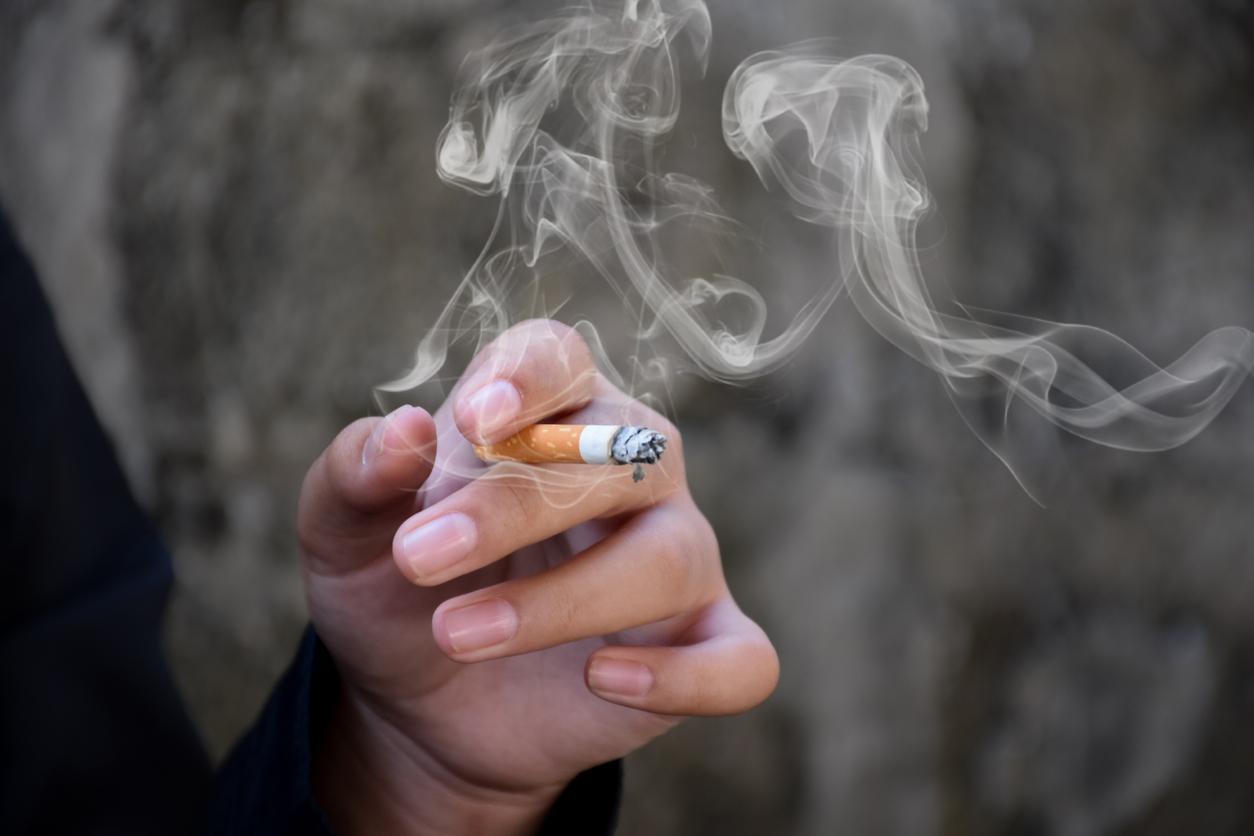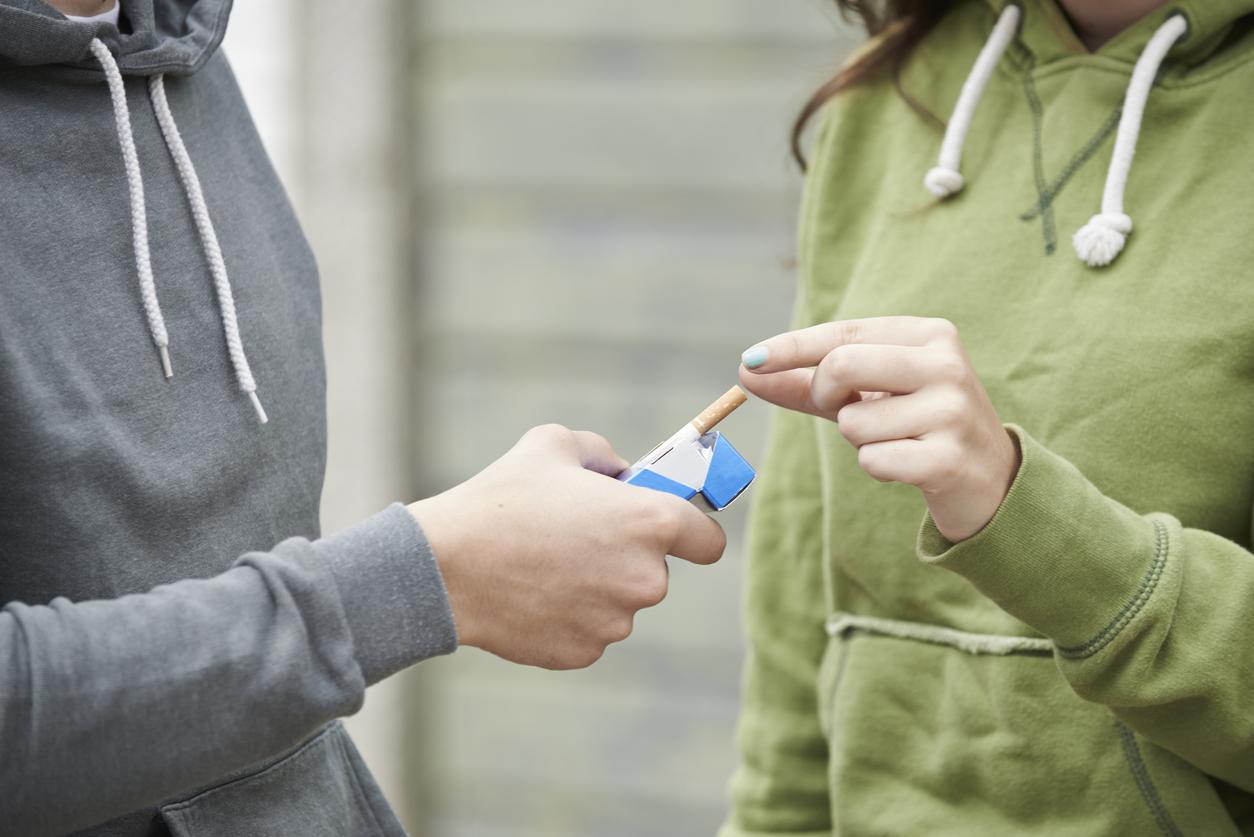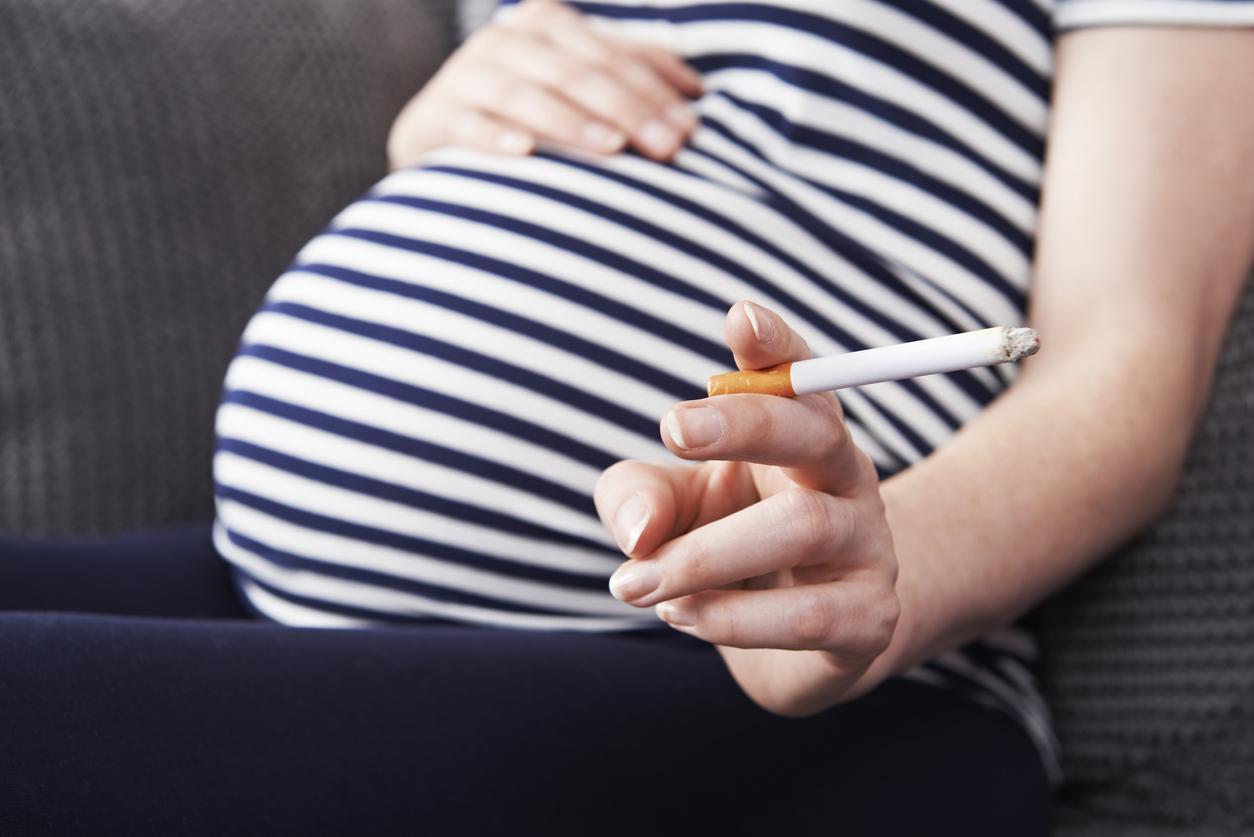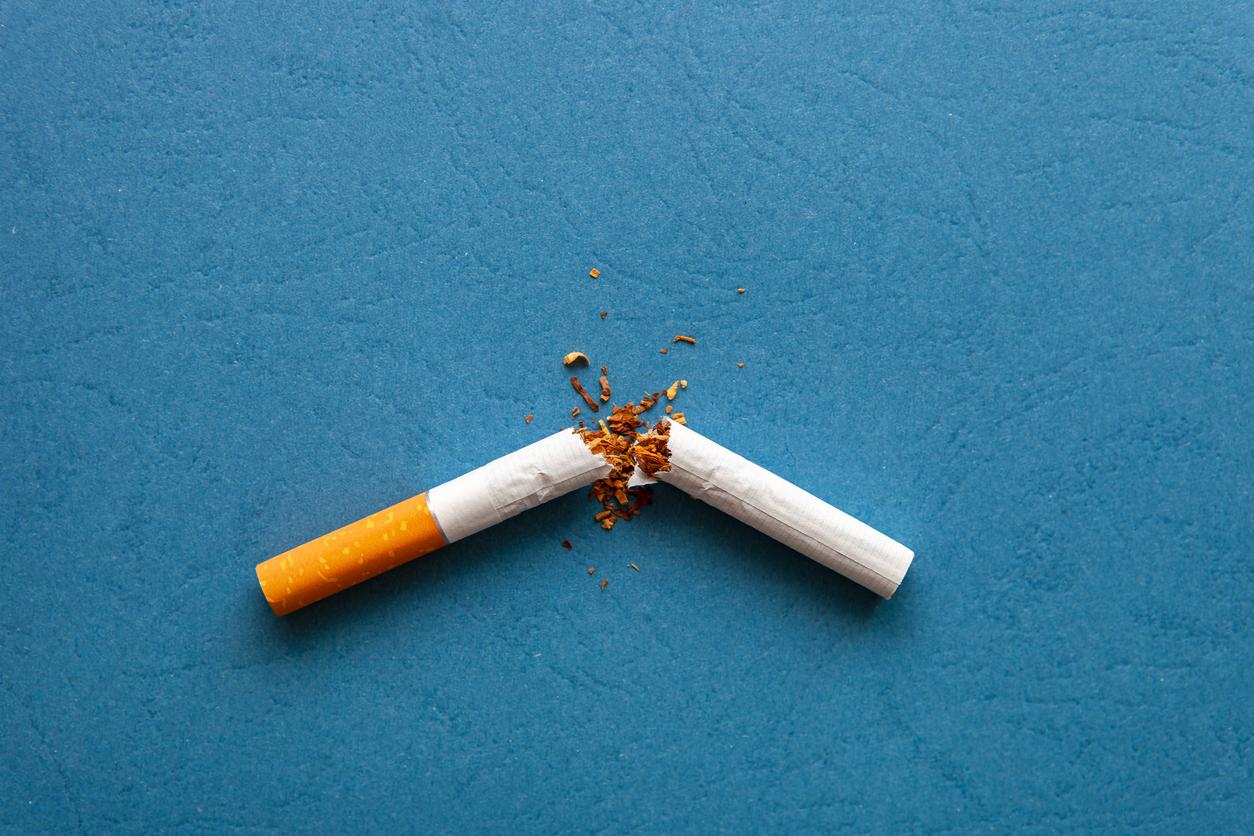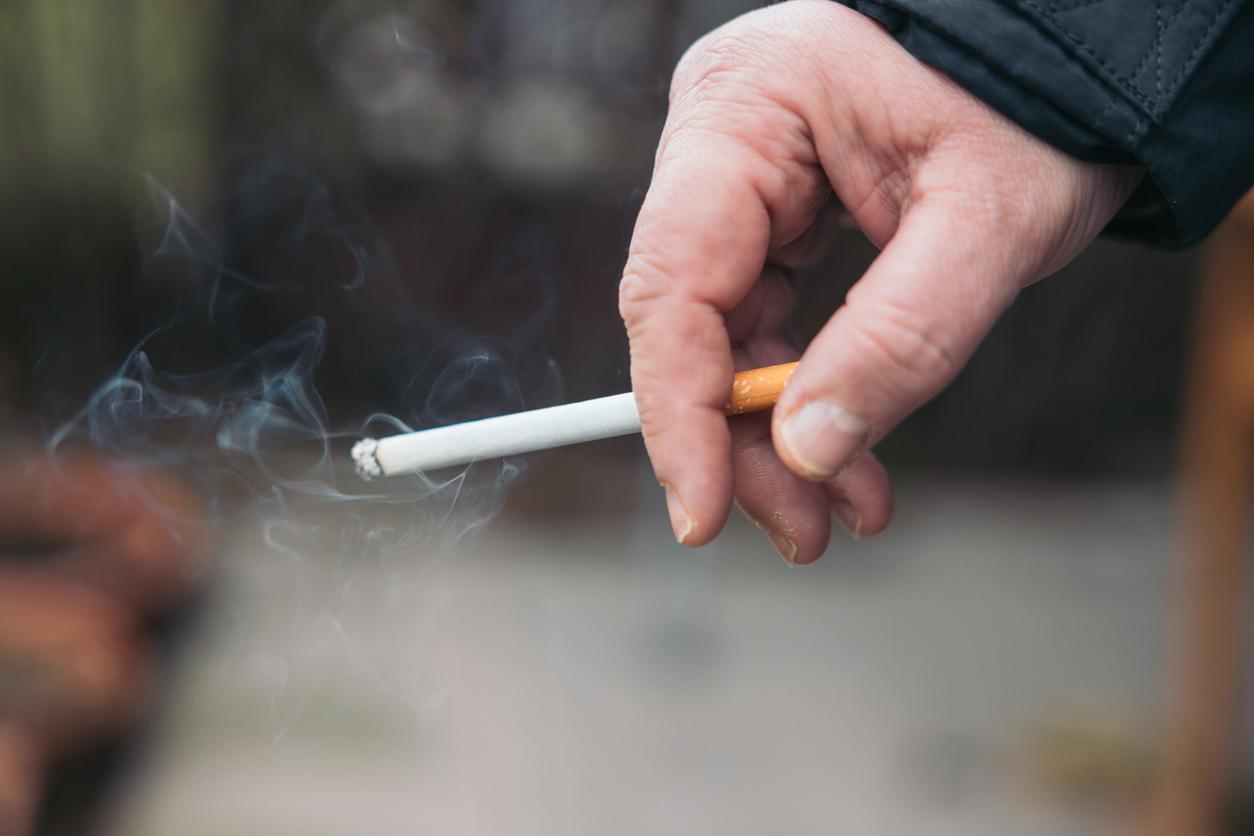Since the smoking ban in restaurants and bars in 2007, consumption has fallen sharply, especially among 16-24 year olds.

A year earlier than in France, in 2007, England was the last nation in the United Kingdom (1) to pass the ban on smoking in restaurants and bars. At that time, Britain had around 10.2 million smokers.
On the occasion of the tenth anniversary of this measure, Cancer Research UK publishes new figures. In 2017, the British would only be 8.3 million to give in to temptation, a drop of 1.9 million smokers.
The prevalence of smoking has thus decreased by 5 points, from 21% of the population to 16%. A big victory for Cancer Research UK. Especially since it is among young people that the decline is greatest: while 16-24 year olds were 26% to smoke in 2007, they are now less than 17%, a decrease of almost 10 points!
A scent of cold tobacco
A big step in the fight against tobacco across the Channel, and lots of small everyday steps for the inhabitants. Banning smoking in restaurants has many advantages, according to the British. A survey carried out on more than 4,300 of them revealed that they are more than two in three to appreciate the benefit of coming home after an evening without the smell of cold tobacco on their clothes.
Almost as many (66%) find these places more welcoming to families. They also seem to have become aware of the risks associated with passive smoking: they appreciate the gain on the health of waiters and hotel staff (57%), previously continuously exposed to smoke, and even for themselves as customers (38 %).
One measure among others
Even more interesting: 20% of smokers say that this ban has worked to reduce their consumption, and 14% that it has helped them in their cessation.
“We are delighted to see that after 10 years the smoking ban has been so successful,” said Sir Harpal Kumar, executive director of Cancer Research UK. We have worked extremely hard for years to make sure that the law is effective and that no one is again exposed to the toxicity of secondhand smoke. The impact on public health is enormous. “
This measure is probably not the only one responsible. In the last ten years, the government has also greatly increased taxes, cigarette vending machines have disappeared, as have packages in stores: they are now hidden behind the counter. The UK has also introduced the neutral package, which first appeared last May.
Reduce social inequalities
But much remains to be done. In particular, the government wants to focus on reducing socio-economic inequalities, which are highly represented in smoking rates. By moving from the town of Harrow, in the London suburbs, where only 7% of people smoke, to Blackpool, north of Liverpool, the smoking rate triples, yet the smoking cessation service in this popular city in the north of England has closed due to lack of funds.
The Prime Minister, Theresa May, pledged to “fight against the glaring injustice which makes that those who are born poor will die 9 years earlier than the others”. And smoking is one of the biggest factors. The objective announced to participate in the fight: reduce cigarette consumption to 5% of the population by 2035.
(1) The United Kingdom brings together Northern Ireland and Great Britain, which itself brings together 3 nations: Wales, Scotland and England.
.










